
I.
A platform is a horizontal surface that draws itself above a common plane, that always presents itself as the foundation for something else. Its function is to elevate something above the rest. The word platform comes from the French plat (flat), - plateau, to stretch, to spread- and forme (form) - shape, figure, image-
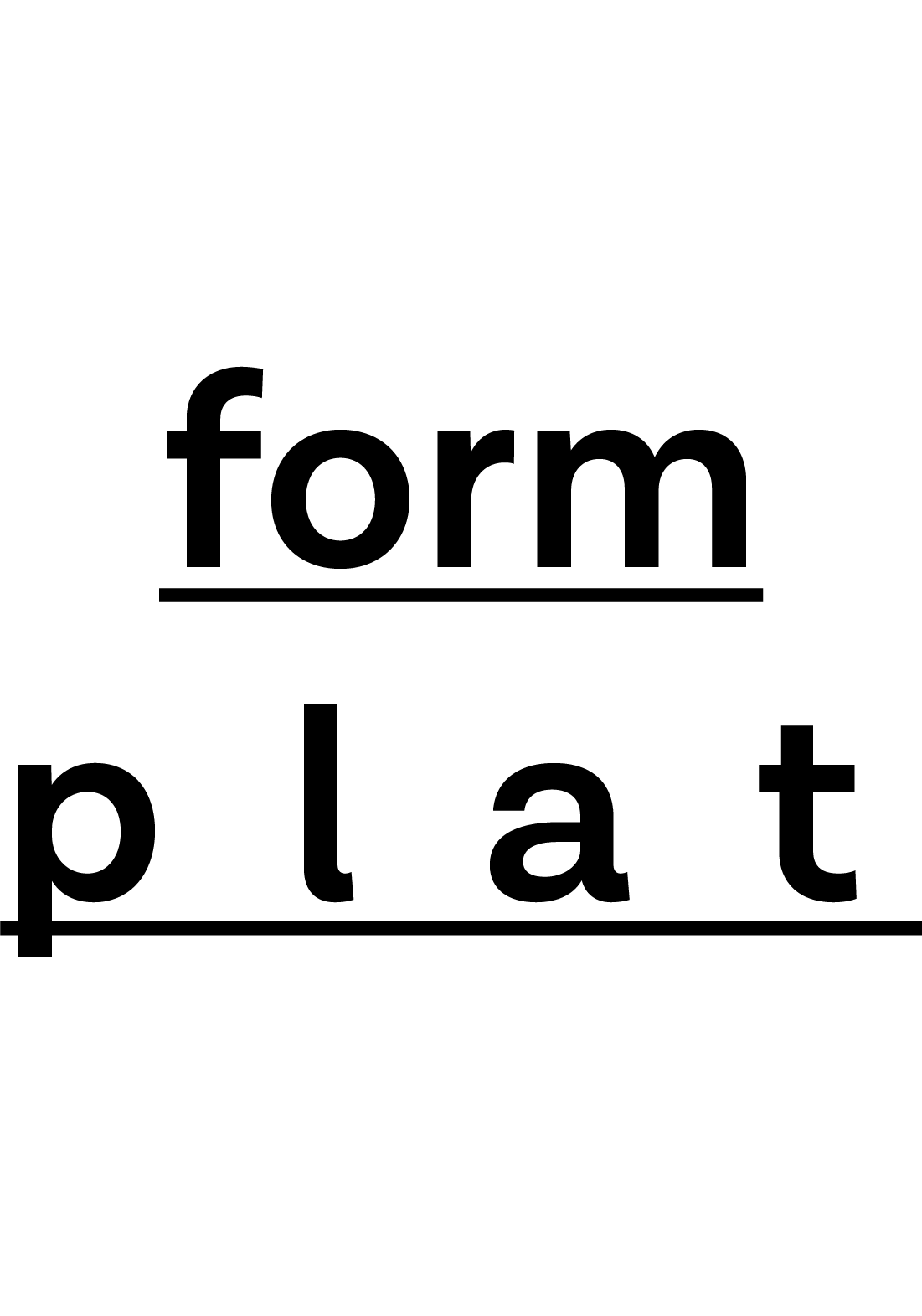
II.
According to Wikipedia, a digital platform is an internet site whose main functions are: running applications, storing information, and to enable the fulfilment of a given need. A digital platform is also a system that can be intervened upon by its users, who can adapt it for purposes that its creators could never have imagined.

III.
Vilém Flusser, the Czech-Brazilian philosopher, devised a post-human theory of photography. For Flusser, technical images produced by cameras, modify our relationship to the world: instead of serving as guides to its understanding, they replace it; instead of acting as limits, they act as windows. According to Flusser, what we do not seem to understand is that the camera is merely an apparatus, contained within many other apparatuses, each running its own programme, in a chain that unfolds like a set of Chinese boxes.
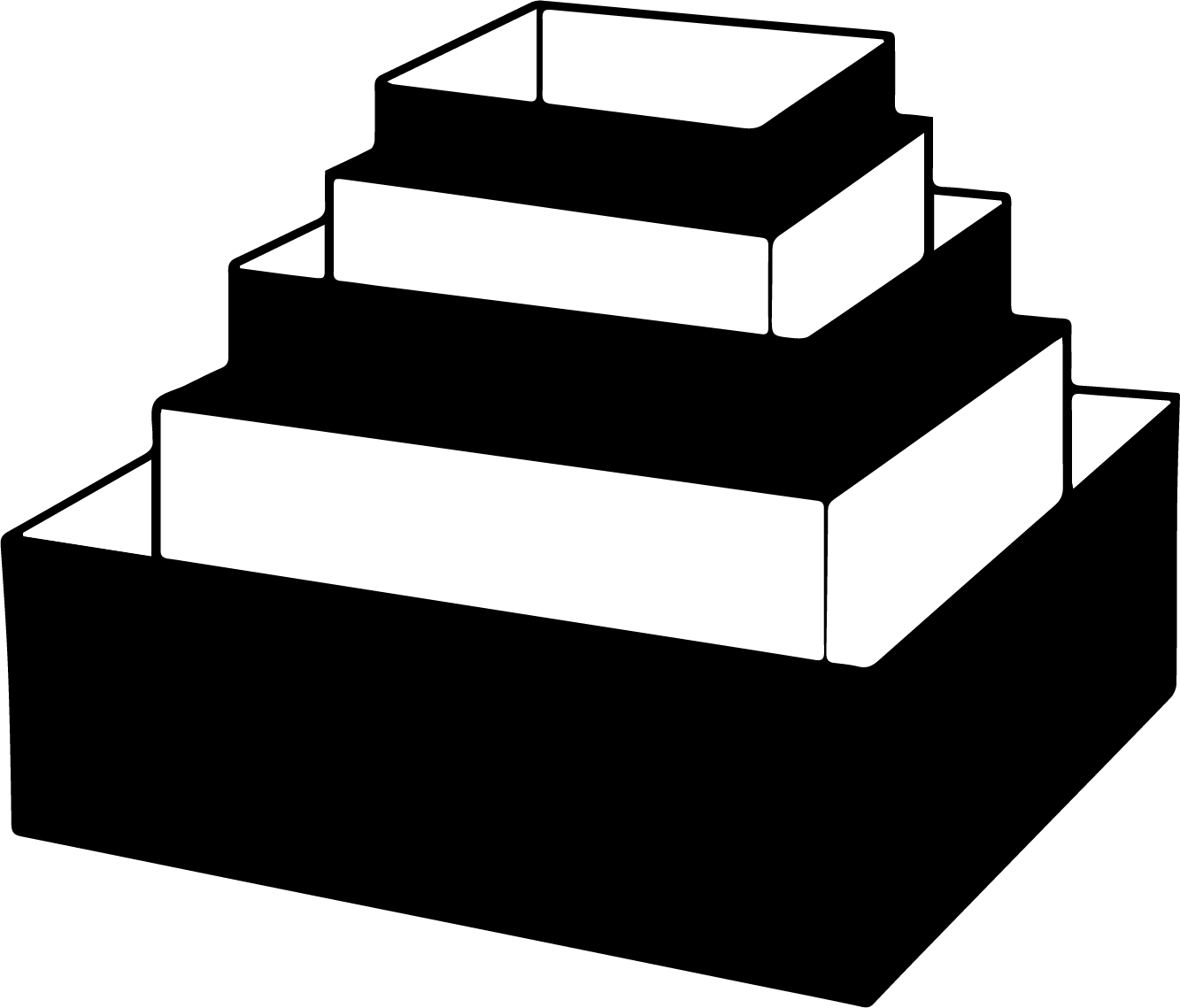
If we think of the camera of a mobile phone connected to the internet, we can attempt to name some of the apparatuses and programmes that intersect one another, on the trajectory that extends from taking a photograph to uploading it on a social network. The chain of Chinese boxes could be described more or less as follows: the camera that technically configures the possibilities of the image, the occasions of the photographable that emerge at the moment of the shot, the culture that defines these occasions, the discourse of the photographable in its intersection with neoliberalism as the image of success, the historical involvement of the camera in colonial ventures as a device for capturing the world and the Other, the desire prompted by the existence of social networks to upload onto them certain instances of the photographable, the coherence of this image with the narrative of our own digital I/other, the inclusion of the image in a reel with other images where it is appropriated within the meta-discourse of a platform, the subjugation of the image to the approval of the other that is translated in amounts of “likes”.
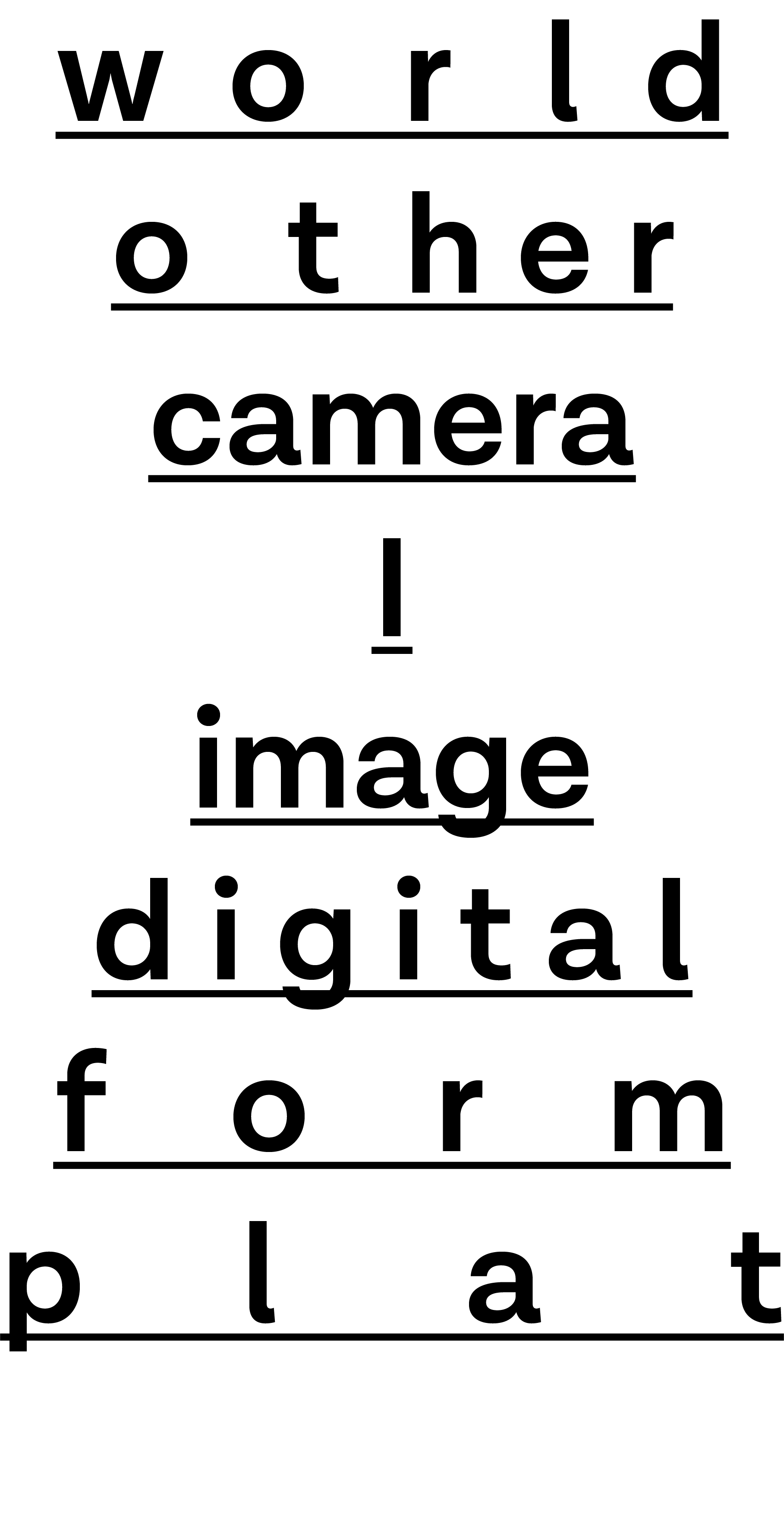
If we look at this chain of apparatuses and programmes from the perspective of the platform, what is produced is an inversion of our habitual understanding of the relations between image and subject. The photographer does not produce images solely according to her own desire; what is revealed, on the contrary, is the operator of a peripheral terminal, on the other side of a massive platform. A platform that desires: a smooth image to place on top of a rugged world, an odourless image of a world that reeks.
IV. In an interview for Hungarian television, shortly before his death, Flusser said: “Revolution no longer is a political event. Revolution becomes an inversion of the intention of the apparatus.”
V. Carlotta once told me the story of one of her university colleagues, who invented a fire extinguisher that spits fire.
IV. In an interview for Hungarian television, shortly before his death, Flusser said: “Revolution no longer is a political event. Revolution becomes an inversion of the intention of the apparatus.”
V. Carlotta once told me the story of one of her university colleagues, who invented a fire extinguisher that spits fire.

VI. In the film Kamikaze (1986) by Didier Grousset, an old scientist recently fired from his job, spends his time devouring hours of television; meanwhile, his frustration is reprojected onto the images. He invents a device that allows him to invert the unidirectional signal that passes through his screen. By inverting the direction of the signal, the camera turns into the barrel of a firearm (to shoot) and the mad scientist kills the TV broadcasters from his living room. In turn, this fictional inversion of the camera-screen relationship, unveils the constant relay of the image, between being an object of capturing and shooting; and the singular condition of the spectator being both captured in images and bombarded by them.
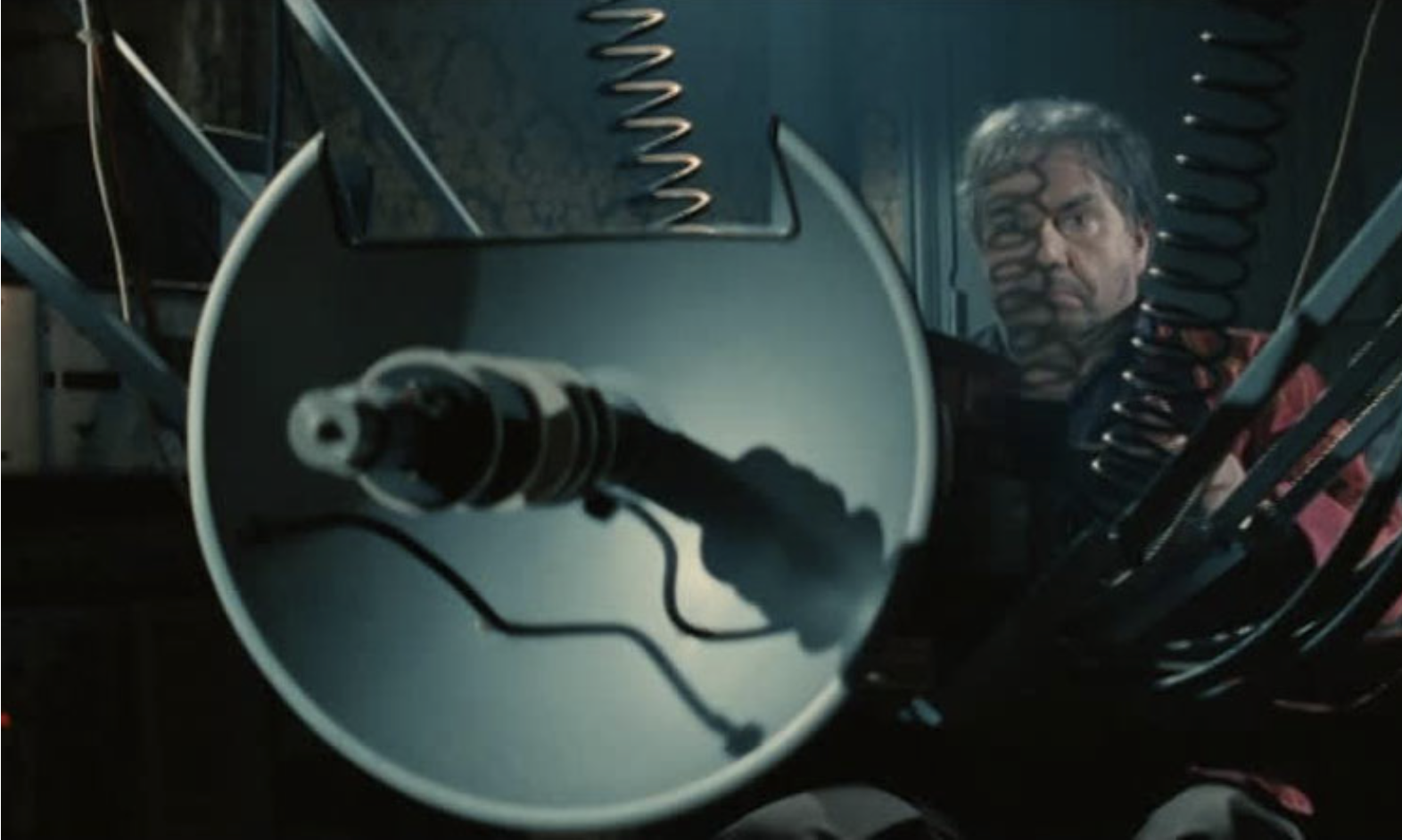
VII. Robert Smithson coined the term ruins in reverse, to refer to unfinished buildings erected in the post-industrial landscape of his hometown. A ruin in reverse implies a metaphorical inversion of time: a ruin is not an object dilapidated by time, rather, the present condition of a half-finished building. “This is the opposite of the ‘romantic ruin’ because the buildings don’t fall into ruin after they are built but rather rise into ruin before they are built.”
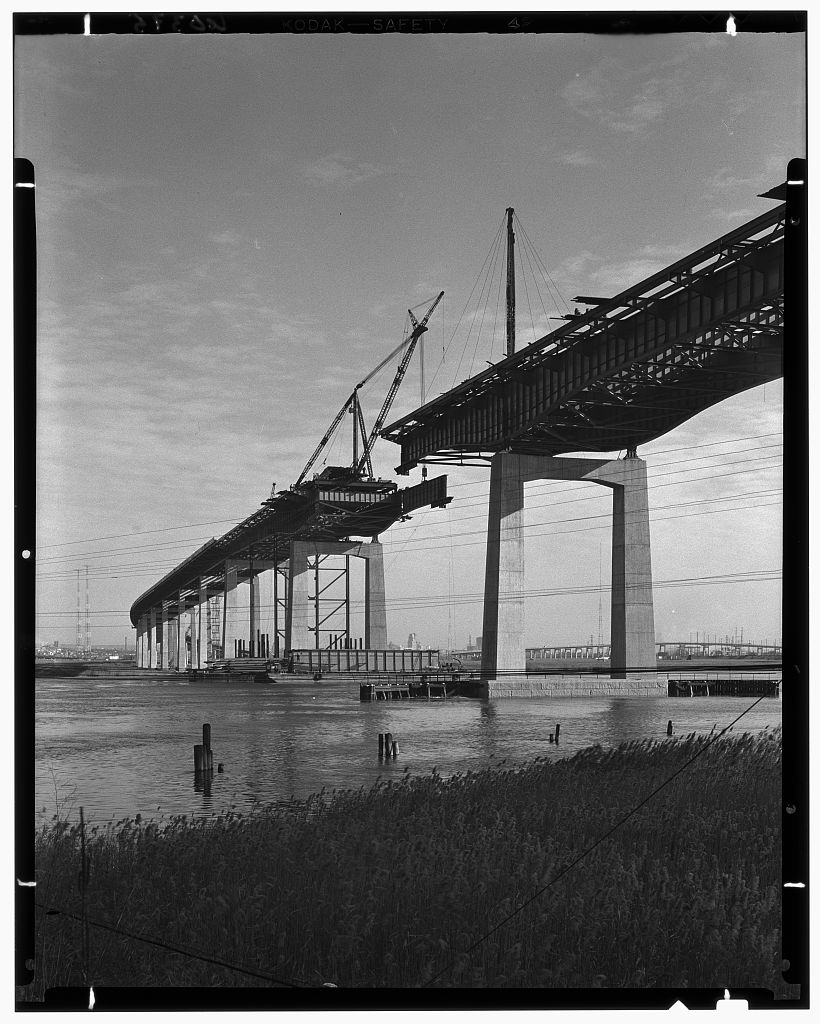
VIII.
An anagram is a new word created by rearranging the letters of another word. The word anagram comes from the greek ἀνά ana- “back, anew” and gramma “letter”. An anagram of the word plataforma (platform in Spanish) would be amrofatalp. Another one, by inverting the order of the letters r and o, would be: amorfatalp (Love-fatal-p, Fatal-love-p).

The platform, synonymous with a massive online object, reveals, when read backwards, its other side: sentimental and tragic, fragile like the love that beats in a body destined to consume itself. Everything that the platform lacks, abounds in Amorfatalp. Even the “human error” (p).
IX. Amorfatalp is an artistic digital project which is interested in our relation with the devices that configure our existence and with the digital world in which we circulate everyday: a duplicated space that reactualises itself each second, that “captures” the world, files its rugged edges, and re-projects it again onto us. Making the physical world a pale shadow of everything that shines inside the screen. It is in an incessant cycle of camera-that-grabs and screen-which-shoots, that the eternal present in which we have settled in, closes in on itself. Amorfatalp wants to learn to read, but above all, to write “back”.
